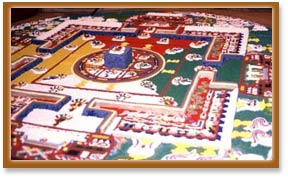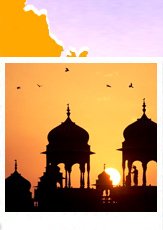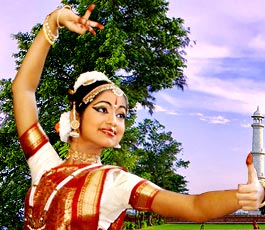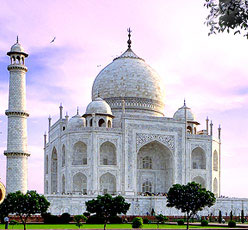 Mandalas are ancient Hindu and Buddhist art forms that are said to be graphical symbols of the universe that serve as an aid to the meditational techniques of attaining 'enlightenment'. Thus they are also known as 'Architecture of Enlightenment'. The word 'Mandala' has its origin in Sanskrit, where 'Mand' means decorate or mark off and 'la' means circle, sacred centre or essence. Often symbolized as a palace with four gates that face the four directions (or what was once supposed to be the four corners of the Earth), the concept Mandalas have been said to be originated in thousands of years old Indian temple architecture, where sacred spaces were marked to link the devotee to the cosmos via visualization of universe and meditating on the deity of the temple. A number of circles and squares were used to represent time and space in these temples.
Mandalas are ancient Hindu and Buddhist art forms that are said to be graphical symbols of the universe that serve as an aid to the meditational techniques of attaining 'enlightenment'. Thus they are also known as 'Architecture of Enlightenment'. The word 'Mandala' has its origin in Sanskrit, where 'Mand' means decorate or mark off and 'la' means circle, sacred centre or essence. Often symbolized as a palace with four gates that face the four directions (or what was once supposed to be the four corners of the Earth), the concept Mandalas have been said to be originated in thousands of years old Indian temple architecture, where sacred spaces were marked to link the devotee to the cosmos via visualization of universe and meditating on the deity of the temple. A number of circles and squares were used to represent time and space in these temples.Mandalas are often used in 'tantrik' initiations and are often prepared on a sacred platform by colored sand grains and are akin to Vedic altars. Constructing Mandalas are an essential part of training of all the monks at Buddhist monasteries, including those in Ladakh. There are texts serve as mnemonic guides to the complete forms of these Mandalas and have to be learnt by heart by the monks, though, it is only the practical training under experienced monks that can actually help in mastering these art forms. These schools believe that ever since Buddha has left his enlightened physical form and has become 'tathagata' (thus gone), Mandalas represent his 'body of enlightenment', thus adding volumes of religious significance to these art forms.









